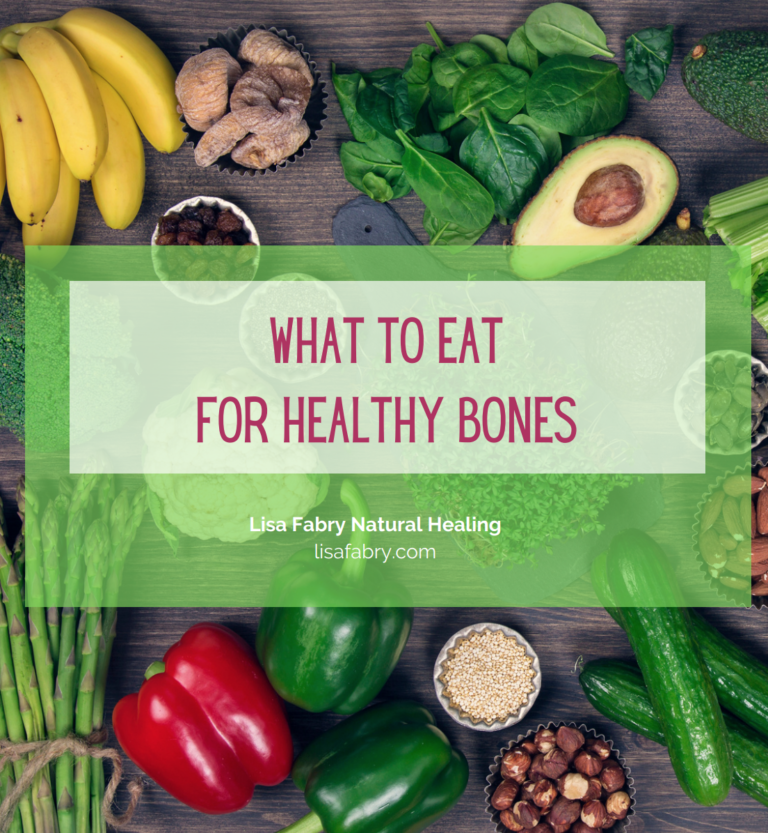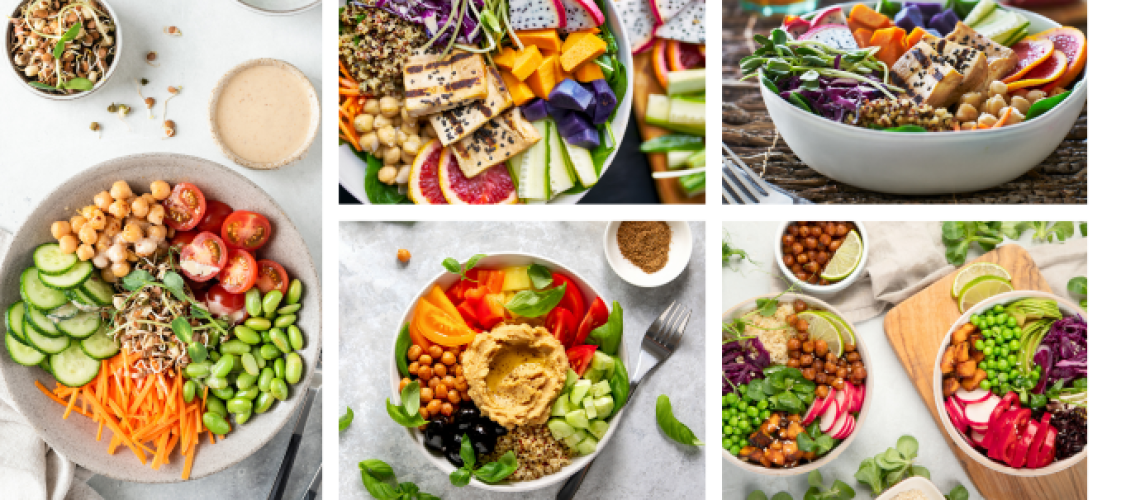What are Buddha Bowls?
These bowls full of delicious healthy ingredients have become popular in recent years, but why do we call them Buddha bowls?
Some say that the name derives from the Buddha carrying around a bowl to receive offerings of food from people throughout the day.
The name also indicates that the meal reflects the Buddhist concept of balance – eat in moderation, avoid processed foods, eat mindfully and slowly, and follow a primarily plant-based diet.
The main ingredients of a Buddha Bowl are:
- wholegrains
- plant protein
- vegetables
- sauce or dressing.
These are served in a bowl, separated, so that we can see the variety of colors and textures, and appreciate all the different ingredients.
Is the Term ‘Buddha Bowl’
Cultural Appropriation?

Cultural appropriation is the practice of taking ideas or things from another culture that is not your own. The problem is that words and ideas are often used inappropriately, without understanding them fully and without respect to the original culture.
Perhaps most Buddhists wouldn’t be offended by the term ‘Buddha Bowl’, as the intention genuinely seems to reflect Buddhist principles? However, it’s still best to avoid using cultural terms without fully understanding or respecting their meaning. I like to use the more generic term ‘Nourish Bowl’.
How to Ensure that Your
Nourish Bowl is a
Bone-Friendly Nourish Bowl?

What distinguishes a regular Nourish Bowl from a Bone-Friendly Nourish Bowl?
We want to fill our bowl with as many bone-supporting nutrients as possible, so what are they?
Calcium is the nutrient that everyone thinks of in regard to bone health, and it is vital, but we need a range of other vitamins and minerals such as:
- Vitamin D
- Vitamin K2
- Magnesium
- Vitamin C
- Potassium
- Vitamin B12
- Boron
- Silicon
- Phosphorus
- Omega 3 essential fatty acids
Where can we find all these nutrients in a plant-based diet? Well, it’s actually pretty easy. In general, you want to focus on:
Wholefoods
These are foods in a state as close to nature as possible, as picked off a tree, or dug up out of the ground (you can wash them, of course!)
Whole vegetables and fruits, including their skins where possible, are fantatic, so are vegetables which have been fermented.
Wholegrains such as brown rice, quinoa or buckwheat, which have undergone minimal processing are great as well.
For protein add nuts, seeds, spouts, beans, lentils, tofu and tempeh.
What you want to limit are foods that have been processed and have a lot of added ingredients – basically just about anything in a packet on a supermarket shelf.
Balance your acidic and alkaline foods
Typical western diets are acidic, because they place an emphasis on high protein food derived from animal origin (meat, fish, eggs and dairy), processed foods, sugar, coffee and alcohol.
Vegetables and fruit, wholegrains, nuts, seeds and sprouts are alkaline and help to buffer (neutralise) the acid from the other foods.
There are no forbidden foods, but it’s the balance between your acid and alkali intake that is important. You can easily balance out your acidic intake by focusing on more….
Fruits and Vegetables
The significant association between better bone health and higher consumption of fruit and vegetables was noted in academic studies over forty years ago.
Diets rich in vegetables and fruit are important for bone health because they provide potassium, magnesium, calcium, vitamins A, C, E and K, polyphenols and fibre, with usually less salt in the diet. This balances sodium and potassium in the body, reducing acidity and inflammation in the body and lowering the amount of calcium excreted in urine.[1]

What the BRIF?
While all vegetables and fruits are great for your bones, some varieties of fruits, vegetables and herbs have been found to be especially good at reducing the rate at which bone breaks down.
These bone health superheroes are known as BRIFs – bone-resorption inhibiting foods. Catchy, hey? That’s why we call them BRIFs.
These are a few BRIFs:
parsley, sage, rosemary, thyme
tomatoes, green beans, cucumber, broccoli, lettuce, prunes and oranges
Did you notice? ‘Parsley, sage, rosemary and thyme’? The herbs named in the old song are some of the best foods for our bone health. That is why this way of eating is known as ‘The Scarborough Fair Diet’.[2]
For a more comprehensive list of plant-based foods that are great for your bones, download this FREE resource, which covers all the nutrients you need for better bones, plus lots of ideas for where to find them.

How to make a Buddha Bowl / Nourish Bowl
Use the guidelines above to help you choose what to put in your bowl, and don’t forget to download the list of bone-friendly foods.
Here are a few suggestions for components of a Nourish Bowl, containing plenty of bone-friendly ingredients.
When you have time, maybe on a Sunday evening, put a few of these together, store them in the fridge, and you will have ingredients for healthful lunches for the week ahead.
By mixing a few of these different components in your bowl, you can be sure to get a good variety of bone nutrients.
- black or brown rice – soak 1 cup rice in water for an hour or two before cooking. Boil in 2 cups water for 30-40 minutes over a low heat until tender.
- marinated and baked tempeh – cut plain tempeh into thin strips and marinate in mixture of: 1 tablespoon tamari, 1 teaspoon sesame oil, 1/2 teaspoon paprika and 1 teaspoon maple syrup, for at least an hour or overnight if you have time. Bake at 180 degrees for 20-30 minutes until golden.
- broccoli, almonds – separate broccoli into small florets and cut the stalks into sticks. Steam or boil for just 2 minutes to soften slightly. Strain and place in a bowl with a drizzle of olive oil, some salt and pepper and sprinkle with toasted almonds.
- Scarborough Salad – 1 can cannellini beans or chickpeas, ½ can or jar of marinated artichokes, ½ chopped red or green pepper, chopped parsley, sage, rosemary, thyme, dill (whichever ones you have and like), dress with a little fresh lemon juice, olive oil, salt and pepper
- beetroot, orange, raisins – grated fresh beetroot, segments of orange plus a little of the orange juice, organic raisins, mix all together and leave to soften overnight if you have time
- tomato, cucumber, carrots, celery – whatever fresh vegetables you have on the day, chopped
- fermented vegetables
- tahini dressing – 2 tablespoons tahini, 2 tablespoons water, 1 tablespoon fresh lime juice, ½ teaspoon cumin, salt. Stir slowly until mixed.
- toppings – eg nori flakes, sesame seeds, pepitas, salt, black pepper.

References
[1] Caroline Ann Gunn, Weber, J. L., McGill, A.-T., & Kruger, M. C. (2015). Increased Intake of Selected Vegetables, Herbs and Fruit may Reduce Bone Turnover in Post-Menopausal Women. Nutrients, 7(4), 2499–2517. https://doi.org/10.3390/nu7042499
[2] Gunn, C. A., Weber, J. L., & Kruger, M. C. (2013). Midlife women, bone health, vegetables, herbs and fruit study. The Scarborough Fair study protocol. BMC Public Health, 13, 23. https://doi.org/10.1186/1471-2458-13-23






